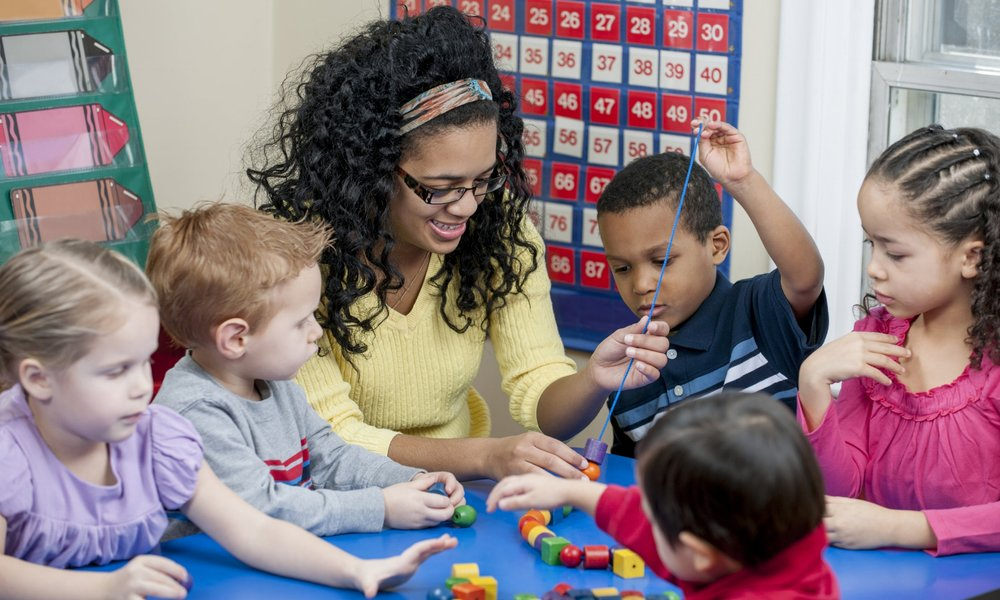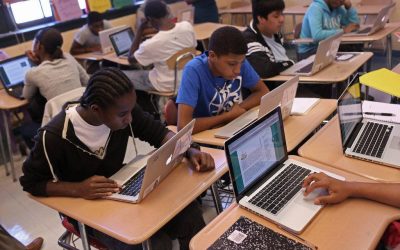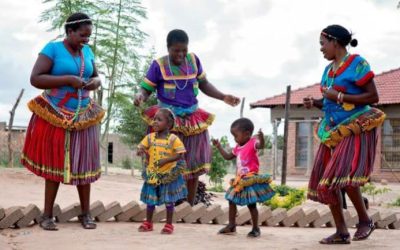The Classroom is a blueprint for Life
Visible | Internal |
The busy bee | Action, action, action, if I just keep moving, I might get something right |
The clown | Emotional distraction through laughter, life is scary, distrustful |
The actor | I will be whatever you want me to be, fears discovery, highly developed EQ |
The terror | Attention seeking creative, challenges life, high energy, opinionated |
The bully | Fighting the challenges within, feels inadequate, underdeveloped EQ |
The sulk | Does not want to fit in, has had prior rejections, low self-esteem |
The princess | Self-absorbed, lives in a state of denial, the world needs to work for me |
The king | Self-appointed leader, I will be great one day, control driven |
The wonderer | Lives with the question ‘why?’ |
The worker bee | Focused on reward and recognition, control driven |
The observer | Always watching, does enough to be left alone, research orientated |
The classroom is a blueprint for life. In the healthiest environments, all of these personalities are visible in the classroom. All of these personalities come to class at the same time and as teachers we are in the unfortunate position of having to deal with them at the same time.
The blessing of the classroom is that the personality types are underdeveloped and are still open to influence. Over time, as the learners become older, they learn to mask their ‘true self’ in order to cope with the world but without support the underlying challenges remain. Take note – given varied circumstances – a person can reflect more than one personality trait at a time.
How then do we assist learners with an under-developed sense of self to positively self-actualise so that they are not a ticking time bomb?
In Africa we say it takes a village to raise a child, this is not just a saying but a way of life that allows children to experience different adults and families in action. The interactive nature of communities helps decompress behavioural extreme’s which can develop in any personality trait and evolve to become an overriding part of the individual. Young children learn to appreciate different approaches to life and start to work in community with others. This immediately takes the pressure off of them as they realise they are not centre stage in everyone’s life.
As families become smaller and more nucleus focused in orientation, the child’s pressure points increase. The desire to be great in ‘their own right’ takes centre stage. The more we isolate, the less connected we feel within our communities. The major issue is balance, safe spaces and comradery with others helps to create balance and placate underlying fears, it deters the extreme responses and allows for pause and assessment.
In our classrooms we removed corporal punishment, but we now have shaming; a trait which is becoming more and more evident in our society. Shaming triggers extremism, children do not forget the teacher, parent or authoritarian figures that shamed them.
Just like children do not forget their bully, every child has that one teacher that made school unbearable. We all need to be more accountable for our behaviour in order to support children to reflect their best self.
This article is written with empathy for all the parents, teachers and learners who have experienced and been affected by a school shooting. Let us encourage each other to do more to understand and protect all children.









